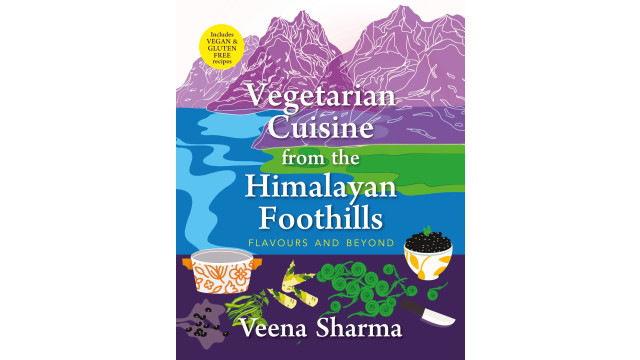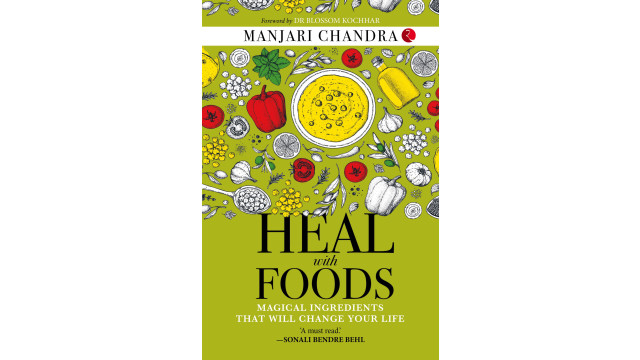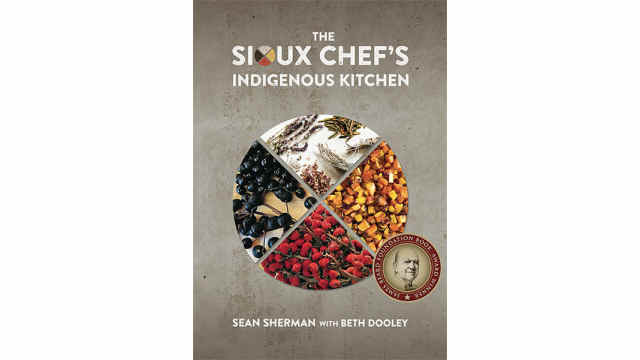Medicinal Magic of Nongmangkha

Growing up in Manipur, I don’t recall ever popping pills or vitamins the way that most children in cities do today. Instead, my mother began serving us bitter food early on to combat stomach bugs and serve as a tummy cleanser. Among other homemade plant remedies, bitter dishes became a part of our regular diet.
My mother also fed us the fact that bitter food is good for health. All our meals invariably featured something bitter, whether cooked or raw. Karela, or bitter gourd, was my mother’s go-to plant medicine, and she also served it when she wanted to cheese off my dad, who never took to anything bitter.
As for us children, we had no choice but to eat it, and learn to love it as well. Karelas would be boiled in water, and we were made to drink the broth, believing that it was nutritious and cleansed our systems. The boiled kerela would be turned into a mash with chiles and dried fermented fish, served as a side with our steamed rice.
Antipyretic Leaf
Nongmangkha (Phlogacanthus thyrsiformis) leaves also featured prominently among the bitter ingredients my mother favored. A shrub with orange flowers, nongmangkha i s native to South and Southeast Asia and is part of the same family, acanthus, as adulsa (Justicia adhatoda ), which has white flowers and is called Malabar nut or vasaka elsewhere in India. These acanthus plants, generally called nongmangkha in Manipur, sometimes with an adjective describing the color of the blossom , are used in syrups and tonics and included in Ayurvedic, Unani, and other traditional medicine systems in India, China, and elsewhere. Village vaids or herbalists recommend them for various respiratory ailments.
An Ayurvedic doctor once recommended that I boil dried nongmangkha leaves and stems and drink the warm broth with a spoon of honey as a remedy for colds and coughs. I often consume an extract of the leaves mixed with fresh ginger juice and a spoon of honey to soothe the my throat during the cruel north Indian winters.
Nongmangkha is a good-looking plant with ample foliage and is often cultivated for its ornamental beauty as well. New age pharmacological studies and folk herbal wisdom in northeast India goes beyond the lush leaves of the nongmangkha. Its ethnomedical uses include adding it to stews and teas for its antibacterial and antipyretic properties. Preliminary studies find nongmangkha can be used to bring down blood glucose levels.
At home, my mother offered us raw nongmangkha leaves, saying, “It is medicine.” I enjoyed the bitter aftertaste of the shredded raw leaves, eaten with meals like a salad . Raw leaves are also ground and added to chutneys, which can be relished with rice and other dishes. Sometimes we add nongmangkha leaves into river fish curries: their singularly bitter flavor transforms the soupy dish. The flowers are good in salads, too, or can be dipped into a batter of besan and fried as boras or fritters. The bitter flavor balances the crunchiness of the battered shell.
Healing with Memories
Nongmangkha also kindles memories. My mother had the common habit of nicking our neighbor’s plants: whether a fistful of curry leaves, a single banana leaf, or the leaves of an herb. I recall when on one morning in Imphal, as my mother stretched her hands across the fence of our garden to pluck the leaves off our neighbor’s nongmangkha plant, I hissed in annoyance and told her to back off.
“Uff, it’s just a few leaves, they won’t notice,” she said, shutting me down as I watched, embarrassed. To prove her point, the next time we bumped into our neighbour on the lane, mother made sure to tell her how I was apoplectic over plucking “a few leaves for healing.” Our neighbor laughed it away good-naturedly while I stood red-faced.
You can easily find nongmangkha sold in small bunches in local markets in parts of northeast India. The flowers are rare, so they are always in demand. On a recent trip to Manipur, I saw the plant in a different light. Some enterprising local women are cashing in on its goodness and selling tea blends, which I have yet to try, with its leaves and wild herbs.
My eyes never fail to spot a nongmangkha or adulsa plant anywhere I go. Once, during a family holiday in Alwar, Rajasthan, I was so excited to see the plant that I trotted off across some ruins to pluck a leaf, crush it, and chew on it. That bitter taste hitting the roof of my mouth immediately took me back home.
On morning walks in Gurgaon, where I live, I have often been tempted to pluck a leaf or two from the adulsa plants that neatly dot the walkways of my neighborhood or speckle the Aravalli hills. The white flowers and the deep green leaves seem to beckon ... I war with myself over whether I should imitate my mother and pluck them.
But then, I hold back, not wanting to embarrass my little son trailing behind me. I’m sure nongmangkha will find its way into my kitchen on my next visit to the market. Thankfully, my son has taken to karela quite naturally, and loves it deep-fried. Perhaps I’ll try this method on nongmangkha and introduce it to his diet as my mother did mine.
Key Takeaways
- Nongmangkha can alleviate cold, cough, and fever.
- It is used to make herbal teas and infusions.
- Add it to soups for its curative properties.







